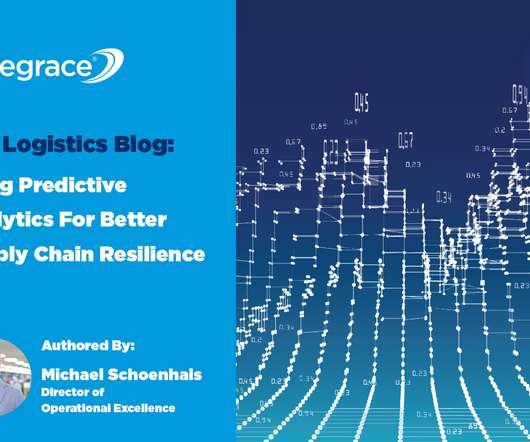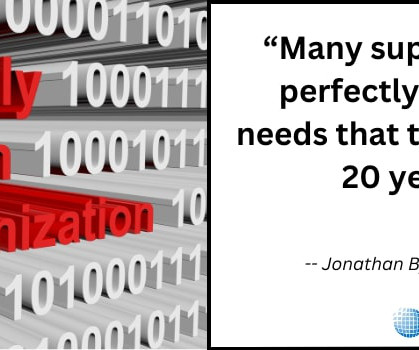Using Predictive Analytics For Better Supply Chain Resilience
Blue Grace Logistics
JULY 27, 2021
We explore how predictive analytics and big data with human sentiments can add value and amplify their supply chain strategies. The importance of machine learning and intelligence combined with human touch for optimized decision making. Predictive analytics allows for simulation testing and provides an opportunity to optimize plans.





































Let's personalize your content